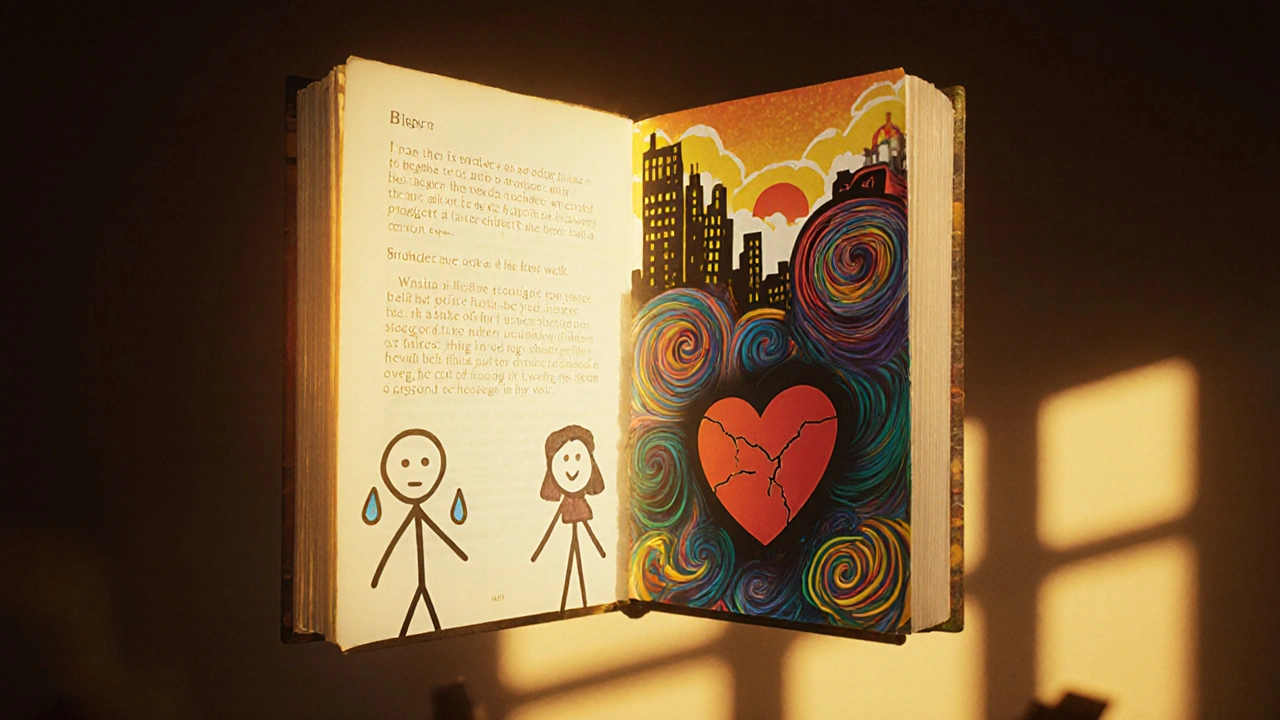Film Analysis: Understanding How Movies Work Beyond the Story
When you watch a movie, you’re not just seeing a story—you’re experiencing a carefully built system of film analysis, the practice of breaking down how movies communicate meaning through visual, auditory, and structural choices. Also known as cinematic interpretation, it’s how we move past "what happened" to understand "why it matters." This isn’t about overthinking scenes—it’s about noticing the patterns directors, editors, and sound designers use to make us feel something without saying a word.
Take film semiotics, the study of signs and symbols in cinema, like how a red coat in a snowy scene signals danger or desire. Or cognitive film theory, how our brains naturally piece together stories, fill in gaps, and even feel emotions for characters we know aren’t real. These aren’t academic buzzwords—they’re tools used by filmmakers every day. When Ridley Scott builds entire worlds with practical sets and real light, he’s relying on our brain’s instinct to believe what we see. When David Fincher uses silence and tight framing, he’s controlling how we process tension. Even something as simple as a character crying? That’s not just acting—it’s emotional authenticity, the deliberate use of memory, physiology, and timing to make tears feel real, because fake crying doesn’t stick with us.
What you’ll find here isn’t a textbook. It’s a collection of real breakdowns—how the color palette in a Miyazaki film ties to environmental themes, why the sound of a punch in an action movie is completely made up, or how a romantic comedy’s heroine changed from a damsel to a force of change. These posts don’t just describe movies—they show you how to see them differently. Whether you’re a casual viewer who noticed something weird in a scene and couldn’t shake it, or someone who wants to talk about films with more depth, this is your guide to looking closer. You’ll walk away knowing why certain moments haunt you, why some endings feel right, and how the smallest detail can carry the weight of an entire story.
Learn how to balance plot summary and analysis in book reviews and literary writing. Discover the right proportions, proven techniques, and why most reviews fail to connect.
View More

